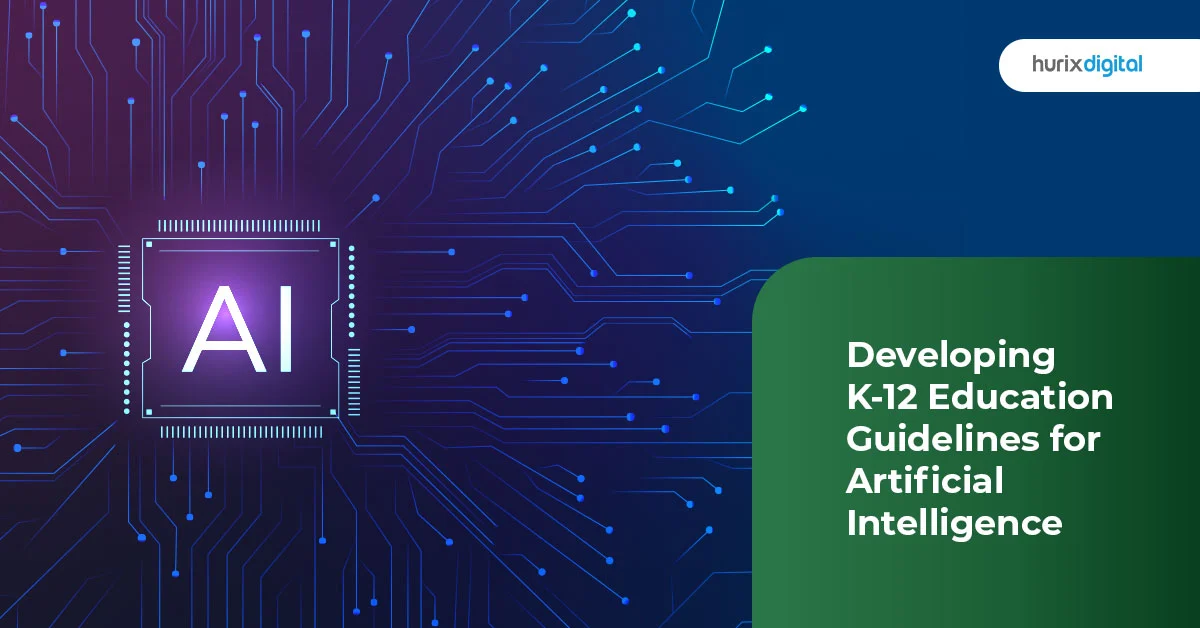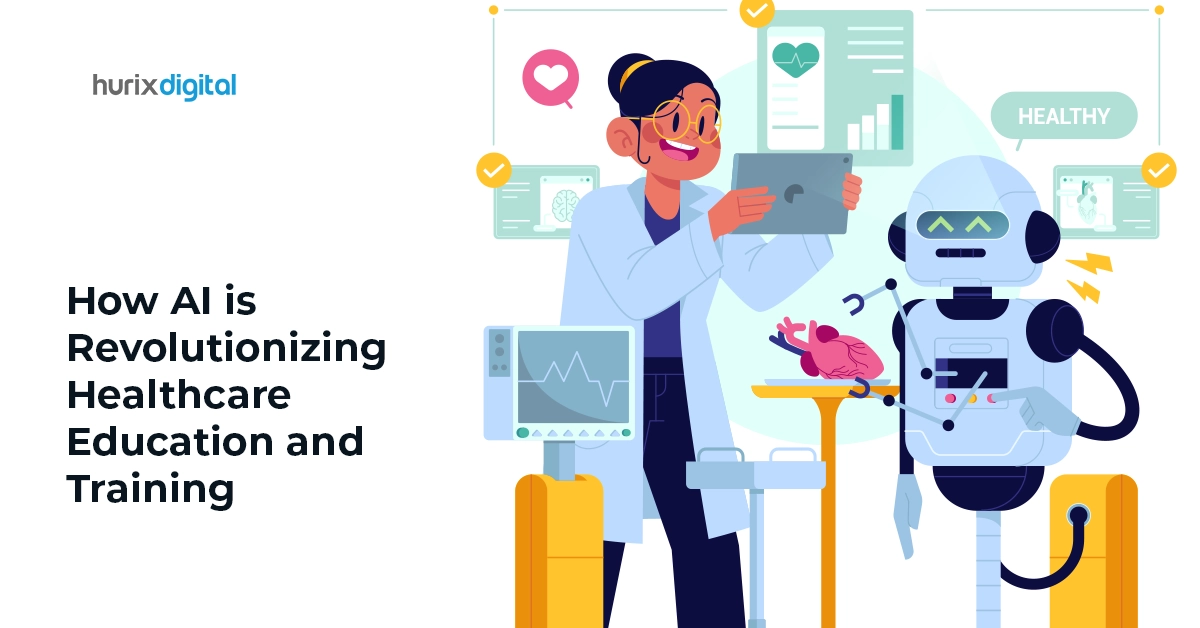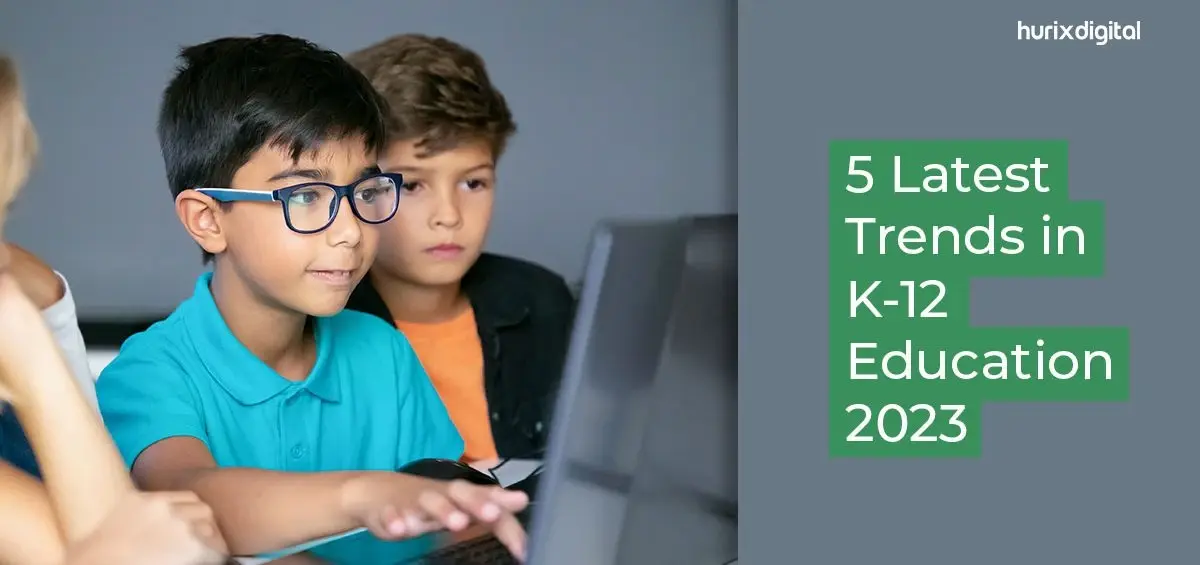Artificial intelligence has led the world of technology several steps ahead of what it was before. While it has facilitated advances in several industries, including education, there’s a rising concern about its harmful effects. These concerns have led governments and governing bodies worldwide to draw up a set of ethical guidelines that govern the integration of AI in schools, particularly as a part of the K-12 curriculum.
Ethics aside, there is a fair amount of consensus regarding the need to ensure students understand the basics of AI, especially since it’s projected to play a major role in most industries and professions. While for some, this might mean specialized training in AI, for others, it could mean ensuring a basic understanding of what it is, its various uses, and how one can leverage it in their respective professions.
With that out of the way, let’s dive into some key guidelines and ethics of integrating AI in higher education and K-12 curriculums.
Also Read: AI-Powered Education: Revolutionizing K-12 Learning through Robotics and AI
Table of Contents:
Key AI Guidelines for the Integration of AI in K12 Education
Several AI guidelines must be adhered to with the greater role of AI in the K-12 education model. These are described below.
1.Institutes Must Ensure Pedagogical Appropriateness
Pedagogy refers to how teaching is disseminated to students in a learning environment. However, while the term traditionally refers to the methodology used, it also covers the wider aspects of what, why, when, and how to teach something.
Just like schools and teachers distinguish between the right and the wrong way to reach, with the best interests of the child or student in mind, the same applies to the application of AI in K-12 education. Teachers and other relevant stakeholders must remember that while AI and technology can help in proactive learning and the overall development of a child, they can diminish the development of other aspects.
For example, while AI might help with a more individualistic and child-centric approach to teaching, it can also compromise their social or moral development, given the vast scope of the internet and AI as a tool. On the other hand, several studies have shown the impact of mobile devices and technology on children’s mental health.
As a result, while AI can be used to deploy useful tools like chatbots and interactive games, its utility must be balanced with the potentially harmful effects of technology and AI on children’s development.
2. AI Must not Violate Children’s Rights
The United Nations Convention on the Rights of the Child (1990) details the child’s right to a happy, healthy, and safe childhood. This is to be ensured with a lack of discrimination towards the child or their parents based on race, sex, color, language, origin, disability, politics, and so on.
With these guidelines in mind, UNICEF suggests that children can be malleable to values, attitudes, and ideas and that these can be potential concerns when considering using AI in education. It’s essential that AI be explained in an age-appropriate manner and that it not be overused to hinder the child’s socio-emotional; development. This can be achieved by limiting the use of tutor bots and ensuring that the teacher stays the primary medium of instruction.
Further, the use of AI must not trample on the child’s right to privacy, a crucial aspect of technology of any form today. However, while the right to be forgotten or the right to erasure is still to find its way into the various conventions dealing with AI and child development, the ethics of using AI with respect to a child’s rights and privacy are clear.
Last but not least, the use of AI must not further the digital divide that already exists. Institutes must ensure that the implementation of AI in education benefits every single student and not a select group that happens to have access to the devices needed to leverage this technology.
3. Ensuring AI Literacy Through Every Stage of a Child’s Educational Journey
AI literacy refers to understanding the knowledge, skills, and ethics of using AI in one’s life. Aside from being able to use AI, AI literacy also refers to understanding how it can be developed, understanding biases in data, and one’s own rights as a user.
The importance of AI literacy can thus be highlighted in the need for institutes to educate children on the various aspects of AI as a technology, thereby equipping them with the skills and understanding to be able to make sound decisions about the use of AI in their own lives further down the line.
However, the key aspect to remember is that a child’s AI literacy ultimately depends on their teacher’s understanding of the technology and its positive and negative implications. As a result, the inclusion of AI in K12 education must be simultaneously carried out with training and educating teachers in the use of this technology.
4. The Inclusion of AI Must not Trample on Teachers’ Well-Being
A student’s success at school is directly proportional to their teacher’s well-being. The COVID-19 pandemic revealed the stresses of changes in the workplace and the burden that the sudden imposition of technology can have on teachers across the globe.
A teacher’s well-being is often described as their ability to balance resources and challenges, be they mental, physical, social, or psychological. This balance was deeply disturbed during the sudden changes brought on by the pandemic, which now serve as an important lesson for educational institutions.
It urges educational institutions to ensure teachers are gradually equipped with the tools and resources to understand the changing technologies being used in education, such that it doesn’t disproportionately burden them and affect their well-being.
The introduction of AI in K12 education will undoubtedly increase teachers’ workload as it will be a diversion from their traditional pedagogy and individual relationships with students while also increasing their preparation time, potentially leading to technological unemployment.
Institutes must thus ensure that teachers are well equipped to deal with these changes in a manner that prioritizes their mental health and work-life balance, so they can better help students adapt to AI. This must be integrated into their curriculum designs.
In Conclusion
New technologies often bring with them a host of benefits and downsides. As a result, players in every sector must find a way to balance these pros and cons to ensure that it serves the best interests of their respective stakeholders.
In this case, for those wondering, “How can AI curriculum for K12 be used in education?” the answer is that it must be used following the implementation of certain strict guidelines that ensure pedagogical appropriateness, the protection of children’s rights, teachers’ well-being, and thorough literacy in AI.
If you’re looking to build a K12 curriculum with key AI integrations to provide smarter solutions, Hurix Digital can help you. AI curriculum for K12 integration has the potential to revolutionize education by enhancing personalized learning experiences and improving student outcomes.
Build holistic K12 content solutions for your institute while following the best practices in the industry.











